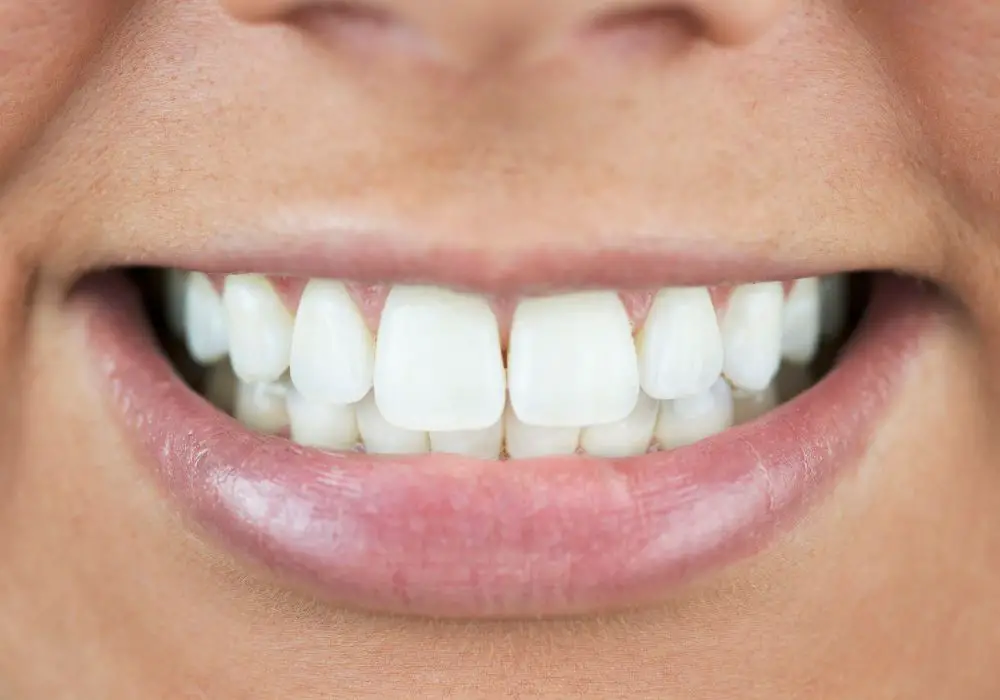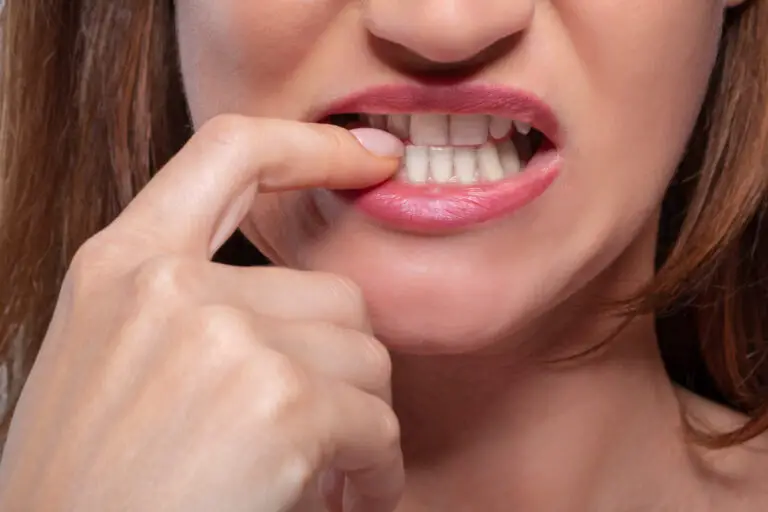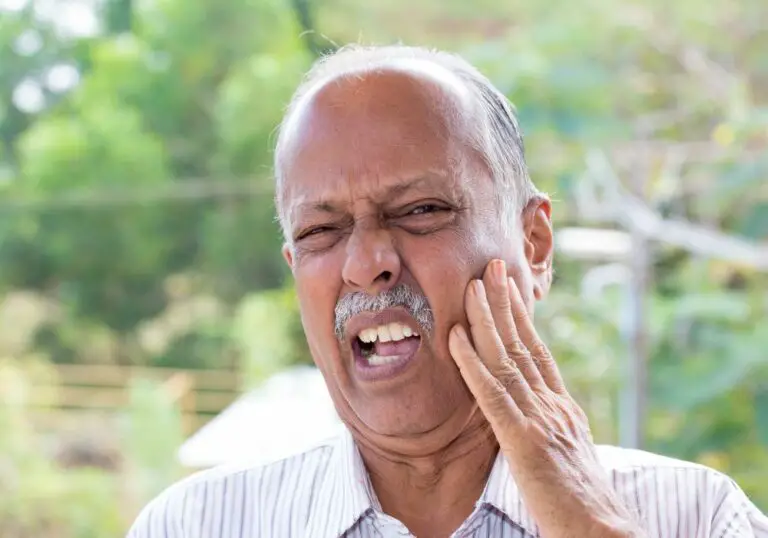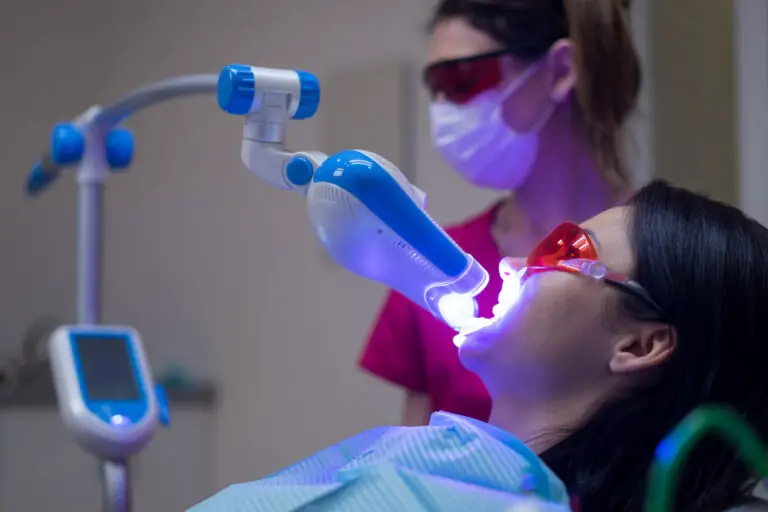Why Caveman Teeth Were Typically Straighter Than Modern Teeth
Cavemen are often depicted as having perfectly straight, white teeth. But why did they have such good dental alignment compared to many people today? There are several key reasons:
Natural Diets Were Better for Teeth
Cavemen ate tougher, coarser foods than modern diets. Nuts, seeds, roots, raw meats, and fibrous plants require more chewing force. This heavy chewing wears the teeth slightly, preventing overcrowding. It also produces more saliva, neutralizing cavity-causing acids.
Modern diets of processed grains, sugars, and soft foods are often lacking in teeth-cleaning abrasion and saliva stimulation. This allows plaque to build up, teeth to crowd, and cavities to form.
Less Malnutrition Meant Better Oral Development
Malnutrition and nutrient deficiencies are rampant today, but rare in caveman times. Their nutrient-dense diets provided the vitamins and minerals needed for optimal tooth and jaw development.
Key nutrients that especially impact oral health and help prevent crooked teeth include:
- Vitamin D
- Calcium
- Phosphorus
- Vitamin K2
- Protein
Deficiencies in childhood can impede the hardening of enamel and normal growth of jaws and tooth buds. This increases misalignment risk.
Absence of Food Processing
Today’s processed foods are often much softer and more refined than primitive diets. The coarseness of caveman meals required more work from jaws and teeth.
Jaws got a vigorous workout tearing and chewing fibrous foods. This stimulated balanced muscular and skeletal growth to accommodate the larger teeth and dental arches. Their wide, pronounced jaws and palates provided plenty of room for straight, properly spaced teeth.
Soft, processed modern foods don’t stimulate normal jaw development. This contributes to crowded, crooked teeth and underdevelopment of the maxilla and mandible.
Less Chronic Stress
Research shows chronic stress negatively affects oral health and teeth alignment. Primitive lifestyles without modern psychological stressors allowed natural positioning of teeth without interference.
Stress hormones like cortisol appear to disturb the normal growth and maturing process of teeth and jaws. This effect seems most pronounced during childhood while dental arches are still developing.
No Orthodontic Interference
Braces, retainers, headgear and oral devices are unseen in caveman days. Whereas modern orthodontics forcibly repositions teeth for aesthetic reasons, caveman teeth were left to find their natural, functional positions.
Their dental arches and spacing often developed with ideal interdigitation and alignment owing to balanced jaw growth and lack of interference.
Orthodontics can also exacerbate problems long-term by promoting reliance on the appliances rather than natural oral muscle forces.
Are Straight Teeth Always Best?

Having perfectly straight, blemish-free teeth was not a priority for early humans – function was. Mild irregularities are normal. As long as teeth work well for eating, minor imperfections aren’t detrimental. Some crookedness also allows more dental surface area for grinding food.
And while orthodontics can create a pleasant look, natural alignment tailored to facial anatomy is often healthier long-term.
What Caused Malocclusion to Rise?
Many interacting factors have caused crooked teeth and poor bites (malocclusion) to become more prevalent since prehistoric times:
- Transition to soft foods – Reduced chewing stresses teeth and jaws less, leading to underdevelopment. Jaw size and tooth spacing adapted for tougher ancestral diets don’t match our modern food environment.
- Nutritional deficiencies – Lack of fat-soluble vitamins and minerals impairs dental and skeletal growth.
- Chronic stress – Impacts hormone balance to interfere with oral development and growth patterns.
- Bottle feeding – Extended use of baby bottles suppresses infant swallowing motions. This weakens jaw muscles and limits sinuses, reducing middle face and dental arch growth.
- Prolonged thumb sucking – Alters normal tongue position and pressures, constricting upper jaw growth. Can also directly distort emerging teeth.
- Allergies and airway issues – Chronic mouth breathing and nasal obstruction inhibits proper jaw positioning and facial growth.
- Earlier tooth loss – Loss of primary teeth before permanent successors erupt makes space loss and crowding likelier.
Simple Steps to Help Prevent Crooked Teeth

While modern life makes perfect dental alignment harder, parents can take proactive steps to help strengthen children’s facial development and prevent malocclusion:
- Prioritize breastfeeding – Strengthens jaw and facial muscles. Reduces allergy and airway obstruction risks.
- Introduce crunchy natural foods early – Tougher textures exercise chewing muscles and help widen dental arches.
- Address airway issues – Ensure open nasal breathing. Consider myofunctional therapy for muscle retraining.
- Avoid prolonged bottles and pacifiers – Wean off by 12-18 months old. Prolonged use weakens jaw and facial muscles.
- Get nutrition on track – Ensure adequate intakes of fat-soluble vitamins, minerals, and protein for proper oral growth and development.
- Minimize stress – Manage emotional stress and anxiety which can disrupt normal hormone balance.
While attaining picture-perfect dental alignment can be more challenging today compared to our primitive ancestors, remembering the natural principles they benefited from can help set children on a course for optimal facial and dental health development. With care taken during formative years, straighter smiles are certainly within reach.
Frequently Asked Questions
Question: What about tooth decay? Did cavemen deal with cavities and other dental problems?
Answer: Yes, archaeological evidence indicates dental cavities have been around since prehistoric times. But decay was far less common in caveman days versus today. Their natural diets rich in tooth-protective ingredients minimized risk. Plus the abrasive wear from fibrous foods prevented cavity-causing plaque accumulation.
Question: Weren’t cavemen more likely to lose teeth from trauma and infections?
Answer: Yes, cavemen were more prone to dental injuries and lost teeth from accidents, warfare, and bacterial disease. But if they maintained their teeth well into adulthood, aligment was typically good owing to their well-developed jaws and minimal malocclusion. Lost adult teeth didn’t affect original jaw and tooth developmental patterns.
Question: Did cavemen have any kind of orthodontic devices or primitive versions of braces?
Answer: There is no evidence that prehistoric peoples had any knowledge or technology related to improving tooth alignment. Any “braces” or “retainers” would have been utterly foreign concepts. Their dental health practices focused on cleaning teeth rather than appearance. They had no understanding of malocclusion as a medical condition needing intervention.
Question: Aren’t crowded teeth also genetic sometimes? How do genes influence alignment?
Answer: Genetics definitely play a key role. Tooth and jaw sizes determined by genes can increase crowding risks if dental arches are too small. But studies of craniofacial development suggest environmental influences like diet and breathing patterns help determine whether genetic potentials get fully expressed. Lifestyle factors can mitigate or worsen genetic tendencies.
Question: If cavemen had better alignment, does this mean modern orthodontics is unnecessary or should be avoided?
Answer: Not exactly. In some cases appliances are vitally needed to improve function and spacing. Plus they can certainly produce an attractive appearance. But an over-reliance on orthodontics has developed, where intervention is treated as unavoidable for most children. A better priority is encouraging natural facial growth and development through proper nutrition and lifestyle wherever possible. Appliances should be adjuncts, not the default solution.







